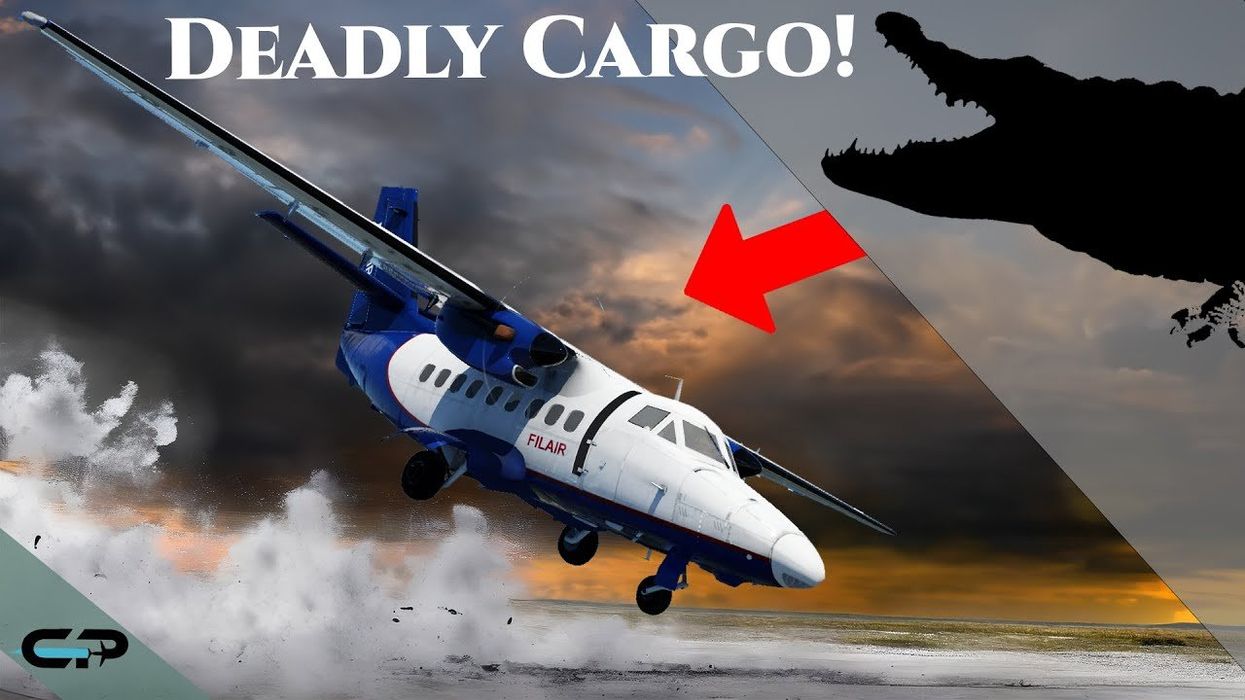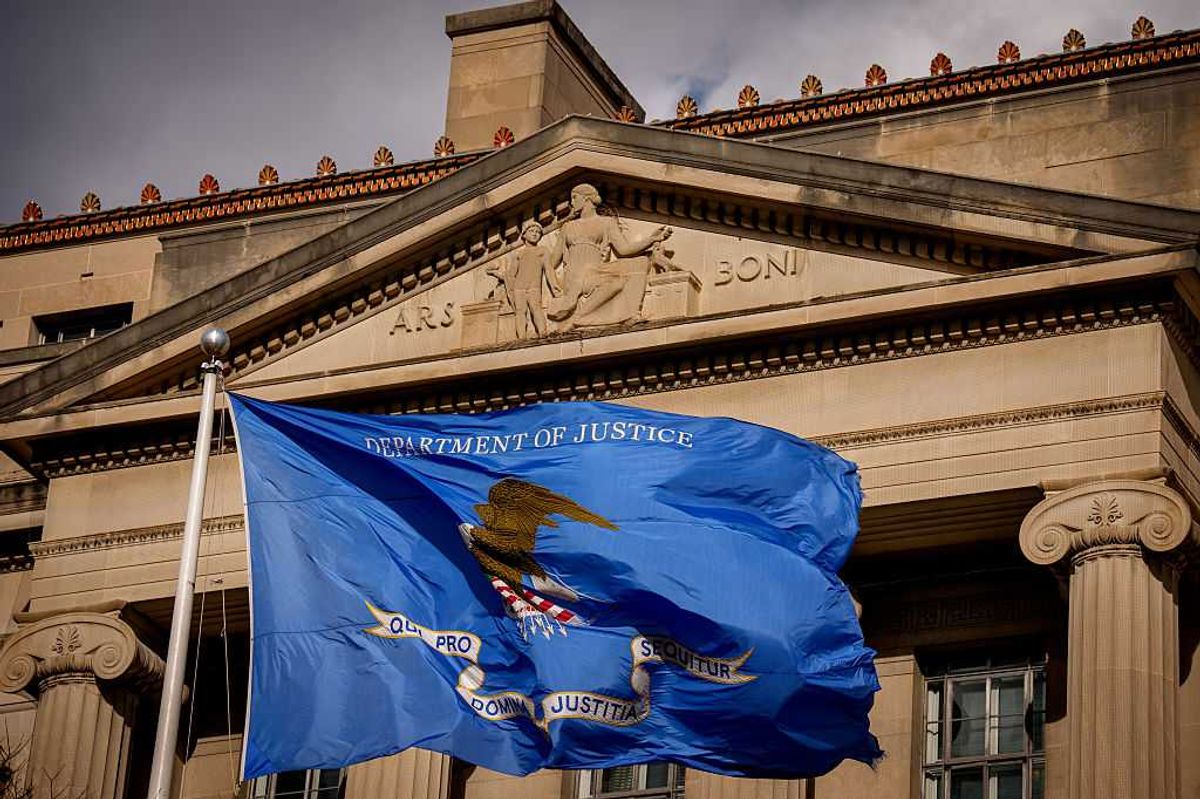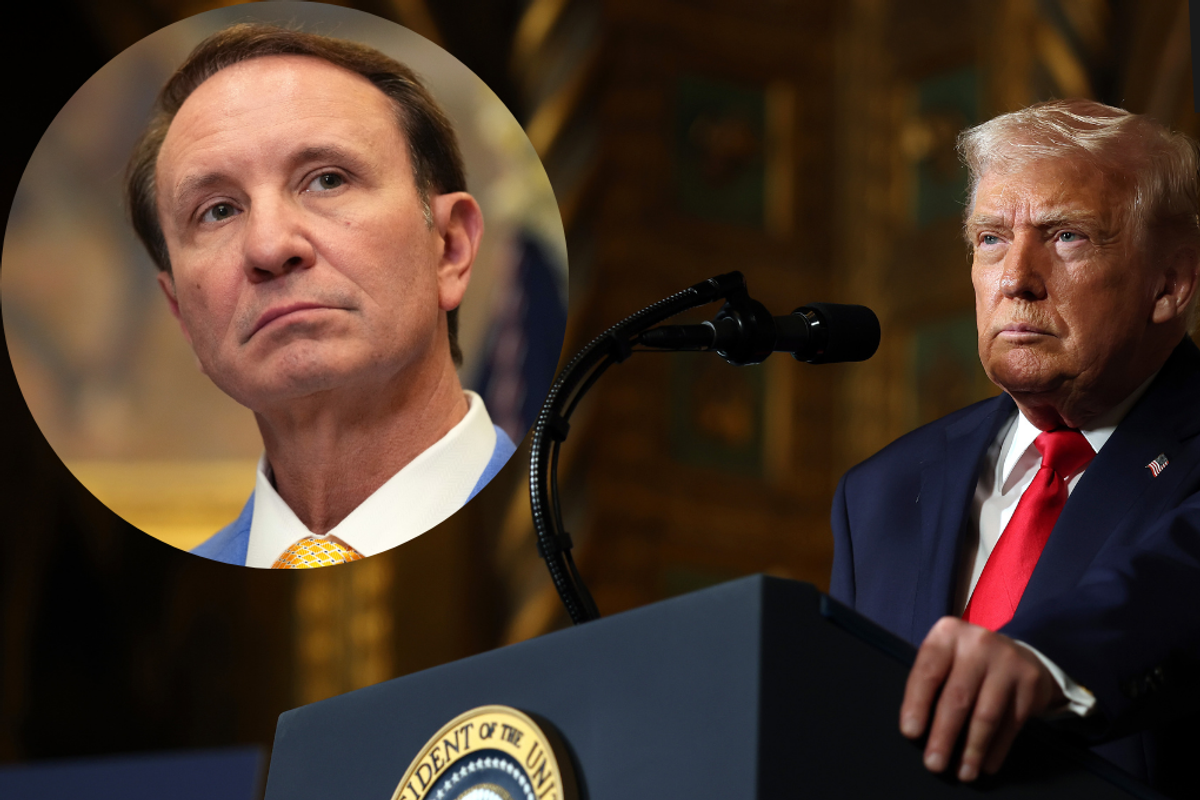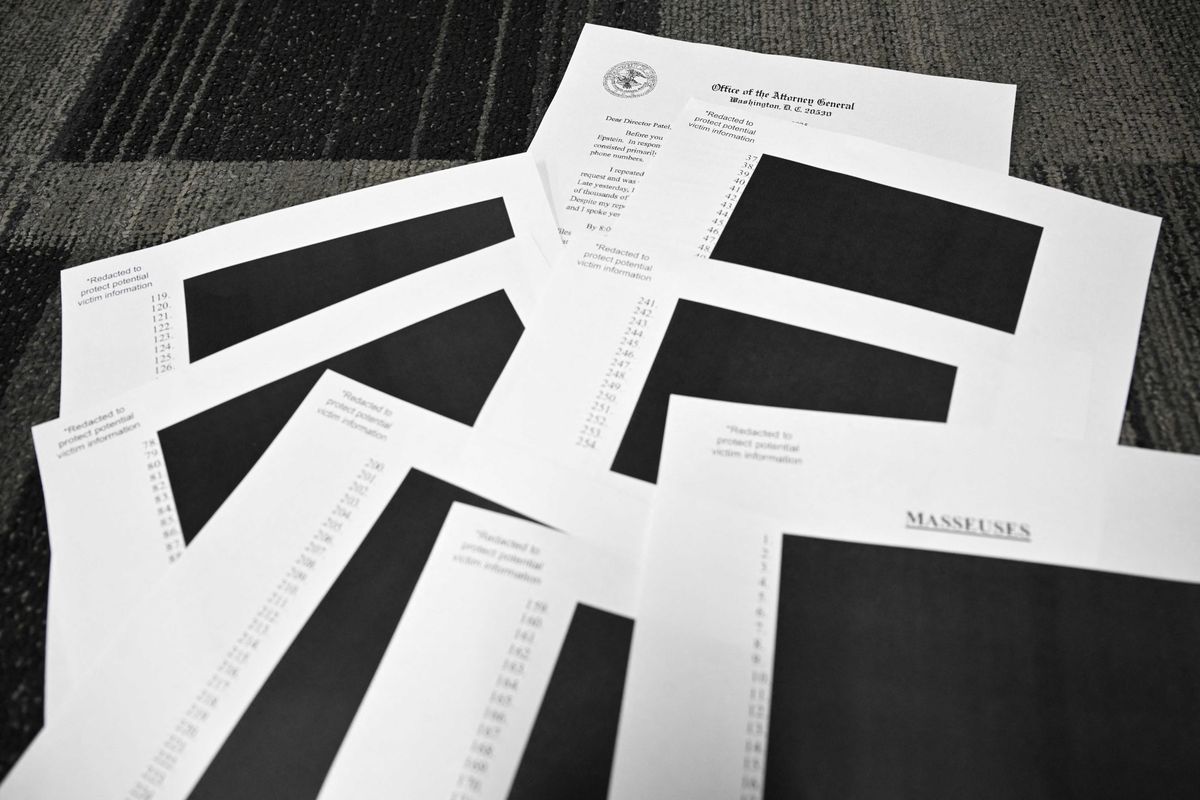A fear of flying is among the most common phobias, as is a fear of huge, predatory reptiles. So we can only imagine what it would feel like to face both terrors at the same time.
And yet, passengers from the Democratic Republic of Congo were forced to endure just that after they boarded the doomed Filair Let L-410 flight.
The small propeller plane was approaching its destination of Bandundu airport on August 25, 2010, when it suddenly hurtled to the ground.
The crash resulted in the deaths of 18 passengers and two pilots leaving a sole survivor.
Authorities initially concluded that the cause of the tragedy was a lack of fuel, ABC News reported at the time.
However, African magazine Jeune Afrique soon revealed the truth when it shared the survivor’s story.
According to the traumatised person, who has not been identified, the disaster was sparked by the escape of a crocodile from a fellow passenger’s carry-on bag.
This, understandably, caused panic in the cabin, leading passengers to surge forward and cause the plane to nose-dive.
An unnamed passenger had allegedly hidden the crocodile in a large duffel bag with the intention of selling it, according to CBS News.
Incredibly, the animal also managed to survive the crash but was subsequently killed by a machete.
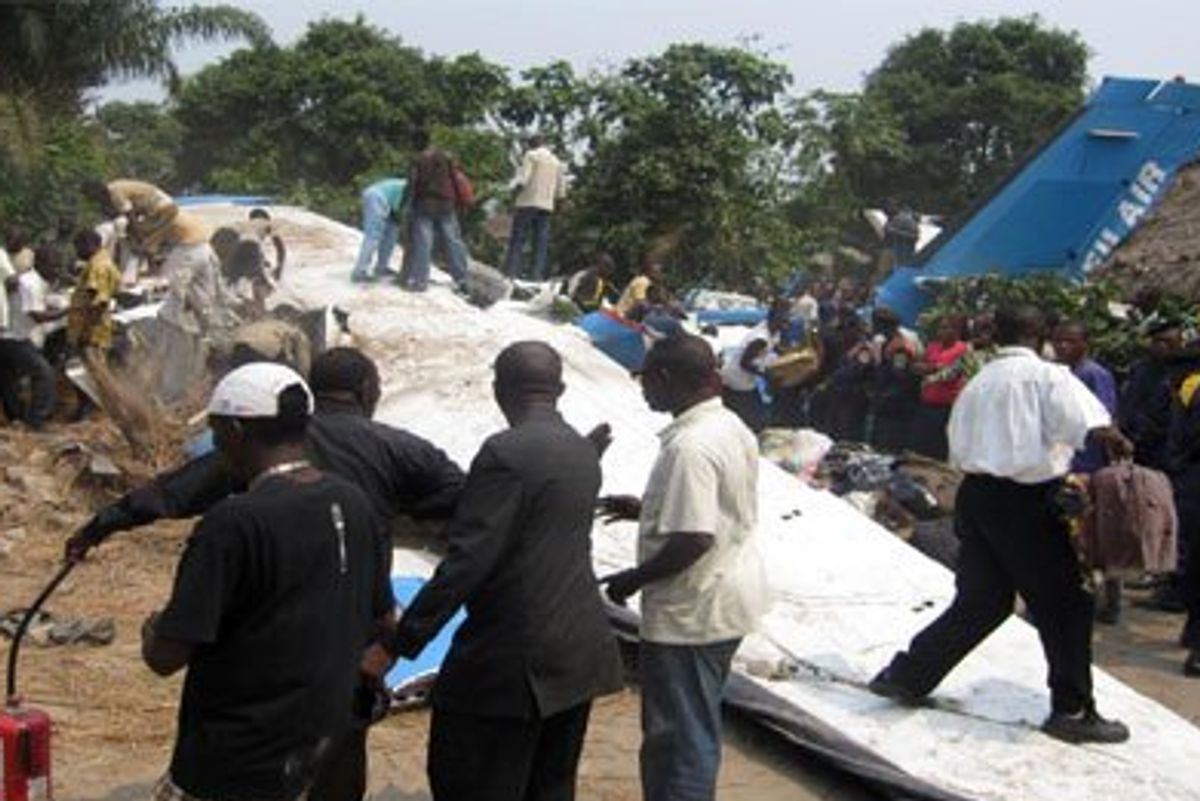
At a 2014 inquest into the incident, assistant Coroner David Dooley read out an email from the father of British man Chris Wilson, who was one of the flight’s two pilots.
In the email, Chris’s father Rob explained that he had spoken to the crash’s original investigator who revealed the story about the crocodile.
"There is apparently a video of the crocodile being taken out of the plane,” he wrote.
"They think it may have frightened the cabin crew member and she ran forward, with the other passengers following.
"The weight shift caused by the panic may have affected the plan causing it to nose dive or stall."
He later added: "[The crocodile] would have been a maximum of two or three feet in length.
"We don't know if one was being carried for certain, although it was apparently quite normal for animals and chickens to be carried on the plane, it was used like a taxi in this regard."
The inquest heard that Chris had moved to the Democratic Republic of Congo in 2010 after giving up his job as a cabin crew member with a British airline to follow his dreams of becoming a commercial pilot, The Telegraph reports.
He started working for local company Filair in order to complete his training and carry out the required 1,000 hours needed for the licence.
However, he had grown increasingly concerned about the state of the airline and the flying ability of Belgian pilot Danny Philemotte, who owned the airline, and later died alongside him in the 2010 crash.
In a statement read to the court, Chris’s brother Martin said: "Every time he flew with Mr Philemotte there was always one incident or another. He said he didn't want to fly with him anymore.
"He said if it wasn't for the fact they could see where they were going they wouldn't ever get anywhere because Philemotte couldn't read the instruments.
"He said he didn't know how Philemotte was still alive, his flying was so bad."
Chris also allegedly told his brother that passengers would walk around the plane when they should have their seat belts on, making the craft unstable, and would often bring animals along with them.
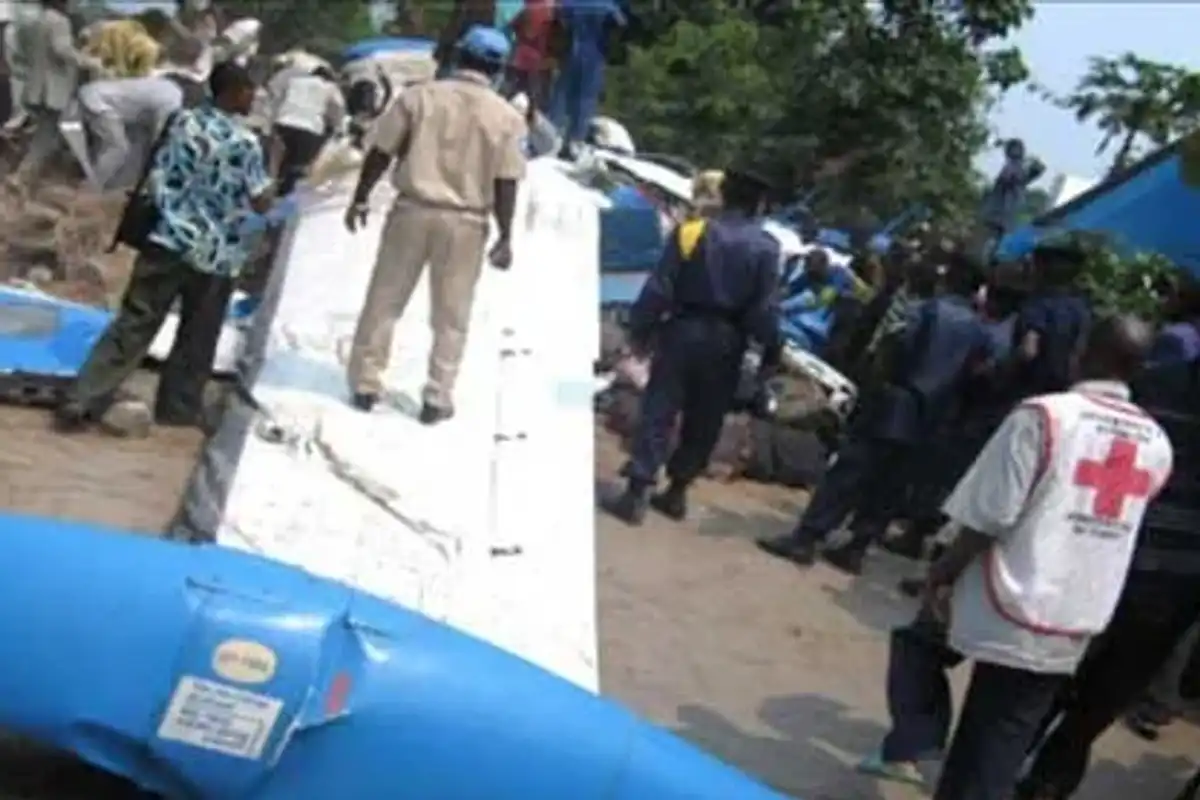
The inquest heard that Chris had been flying from the Congolese capital, Kinshasa, to Bandundu airport when it suddenly "fell out the sky like a leaf".
A number of different explanations had been put forward for the sudden crash, but no definitive cause had been proven.
Timothy Atkinson, an air accident investigator, said he had reviewed the evidence given to him by Congolese authorities but was unable to draw any definitive conclusions because they had not handed over the black box.
He told the 2014 inquest: "To date we have no information from the black box reader, it has been almost four years since the accident.
"The aircraft struck a mud and brick building with a straw roof, and it came to a rest against another one on the ground.
"The most likely explanation I can find is that the aircraft stalled and, or was in a spin prior to impact.
"There is no evidence suggesting an engine failure, or a nose dive, although I cannot be sure without looking at the plane.
"It would reinforce the idea that the accident appears to have the hall marks of a stall and spin, which may have been from a variety of causes.
"Essentially, it fell out of the sky."
Sign up for our free Indy100 weekly newsletter
How to join the indy100's free WhatsApp channel
Have your say in our news democracy. Click the upvote icon at the top of the page to help raise this article through the indy100 rankings
